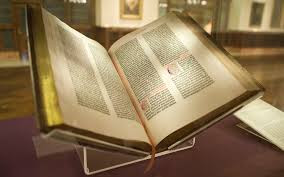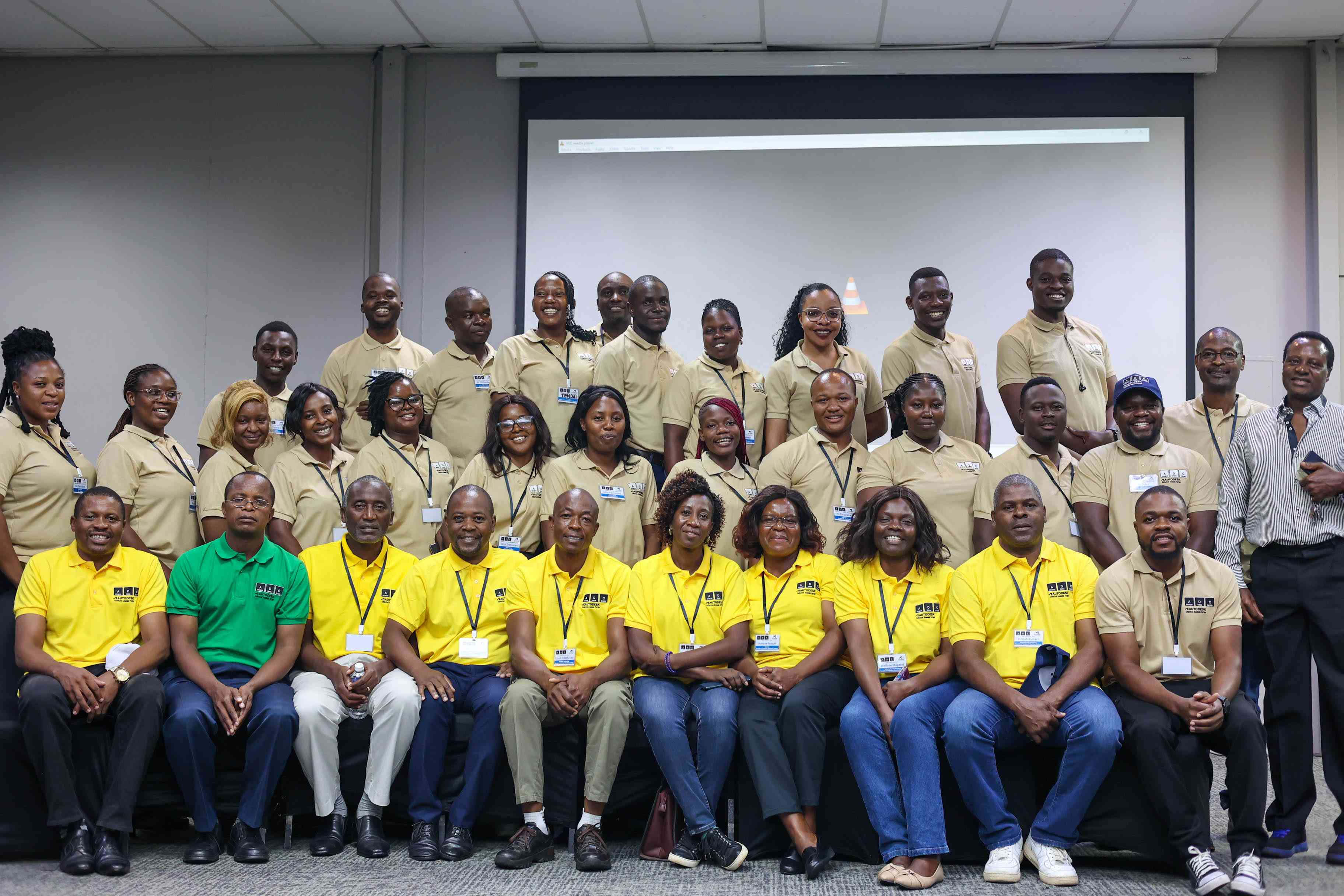
DESPITE half contradicting something I wrote last weekend, Adelaide, the capital of South Australia, reminded me — at Christmas 2014 — somewhat of Bulawayo in the mid-1970s!
Travel with Dusty Miller
Yes, I’ve been accused before of living in the past and I freely admit it . . . it’s usually much cheaper!
Adelaide is stupendously clean: not a scrap of rubbish, fag end, bus ticket, ATM slip, or banana skin can be seen. And everything works: electricity, water, gas etc; no pot-holes; the robots were in operation and synchronised sensibly to cope with different traffic flows at disparate times of day.
I saw no beggars, pan-handlers, pimps, prostitutes, druggies, obvious muggers or dangerous lunatics on the grid-iron planned tree-shaded streets, in many of which it would be possible for a waggon and span of oxen to do a U-turn . . . not that the early South Australians had such transport.
Some of them had camels!
People drive mainly very new cars with faultless courtesy and consideration. Public transport is split-second reliable and affordable. Essential when there’s zero tolerance to driving after drink by a state police force which appeared rather humourless.
Much spectacular colonial-style architecture dating from the mid-19th century is essentially intact. Sure, at street level you see the plate glass windows and logos of international chain stores, probably the same as they’d appear in Amsterdam, Abu Dhabi, Auckland or Aberdeen, but step back a few paces and upper storeys and roofs are straight off the drawing boards of Victorian, and Edwardian architects or those of the days of George V.
- Chamisa under fire over US$120K donation
- Mavhunga puts DeMbare into Chibuku quarterfinals
- Pension funds bet on Cabora Bassa oilfields
- Councils defy govt fire tender directive
Keep Reading
The vandalism that has seen many southern African architectural gems ripped down in the name of so-called “progress” wasn’t allowed to befall South Australia. There their venerable buildings are protected.
Modern malls flourish, but so too do wonderful Victorian arcades of long-established family businesses. In one such Aladdin’s cave is the original store of Haigh’s chocolates with its décor unchanged since opening in 1915; across the way a shop exclusively sells theatrical and cosmetic wigs and two doors up another stocks nothing but blue-chip branded fountain pens, inks, writing paper, journals and diaries.
We shopped occasionally in Adelaide’s Central Market, a throbbing, vibrant tourist attraction where meat, fruit, veg, poultry, fish, toys, luggage and travel goods are sold. We drank wonderful chilled milk-shakes in a shady café but I was horrified at the price of some goods.
Australia grows excellent fruit from one corner of the vast country to the opposite, yet limes (I like a slice of one in a gin-and-tonic) were A$2,25. A kilo of bananas — granted the biggest I’ve seen in my life — were A$5. (In Zim they’re US$1 for 10 . . . sometimes 12 if it’s a hot day, late afternoon and they’re turning a bit manky!)
I was told to wear pristine footwear (so as not to inadvertently bring in suspect African weed seed, mud or foot-and-mouth disease!) on landing at the well-designed, user friendly Adelaide Airport, so had worn brand new veldtskoen after Dubai. These cost US$25 at Bata Borrowdale.
An almost identical pair of Australian footwear labelled “Desert Sand Boots” cost A$100.
I bought trainers on special in a sale at a Rivers Store for A$39,95 (about US$35) but they’re infinitely better made and more comfortable than the ones I wear from Marks & Spencer’s in UK at 25 GBP (about US$37,50.) Australian-bought shoes also come with spare laces. Big tick for that!
I’ve occasionally bought three bottle of Barossa Valley or McLaren Vale wine (a red, white and rose) in my daughter’s local supermarket in Oxfordshire—admittedly “on special” at 10 GBP (about US$15.)
But in those now smoke-blackened after six days raging bush fires eponymous lush valleys — half an hour’s drive from Adelaide CBD — you won’t find any bottle at the farm gate priced at under A$16 each! You can easily pay A$36 for a brilliant, big beef steak, but it will often come without chips or any starch, veggies, bread or salad.
(Dearest steak at DV8 in Kamfinsa is US$22 with everything!) The cheapest beer I found in Australia was around A$2 . . . but only if buying a 24 carton from a bottle store. In six-packs, they are around A$3 each and in a pub, club, café, restaurant or hotel, you’re looking at anything between A$7,50 and A$14 for one. (And this in a country experiencing a debilitating heat wave, where a drinking man, such as me, can thirstily sink a few “stubbies” anytime!) A bottle of Johnny Walker Red Label is A$45 and Grey Goose Vodka (possibly the world’s best) A$65.
Admission to the newly refurbished Adelaide Oval for a floodlit T20 game was A$20, without a confirmed seat (and we couldn’t find one!) and there, 500ml of apparently diluted draught beer in a polystyrene cup was A$10.
Don’t go there if a nicotine addict, there’s no smoking within or immediately outside the 53 500-seater stadium. (Even during a five-day Test!)
Reasons given for high costs (by global standards): The strength of the Aussie dollar against the greenback (it increased in value by more than 60% in 10 years, I heard in 2012 but it’s well down now) and secondly what Australians pay themselves.
Moaning gently about the perceived high cost of Adelaide Hills wine, the friendly grower told me his 22-year-old son was on A$125 000 a year in unskilled mining work, paid little tax and next to nothing in rates. Take-home pay was almost all disposable and he looked forward eagerly to disposing of it!
Regardless of their high standard of living and grand quality of life, the Australian cost of living makes our Zimbo salaries (if we’re lucky enough to earn one) look very, very sick! And that’s after yesterday buying Ozzie dollars at just over US$0,80c each, when two years ago the rate of exchange was US$1:04 to the local unit!
dustym@zimind.co.zw











